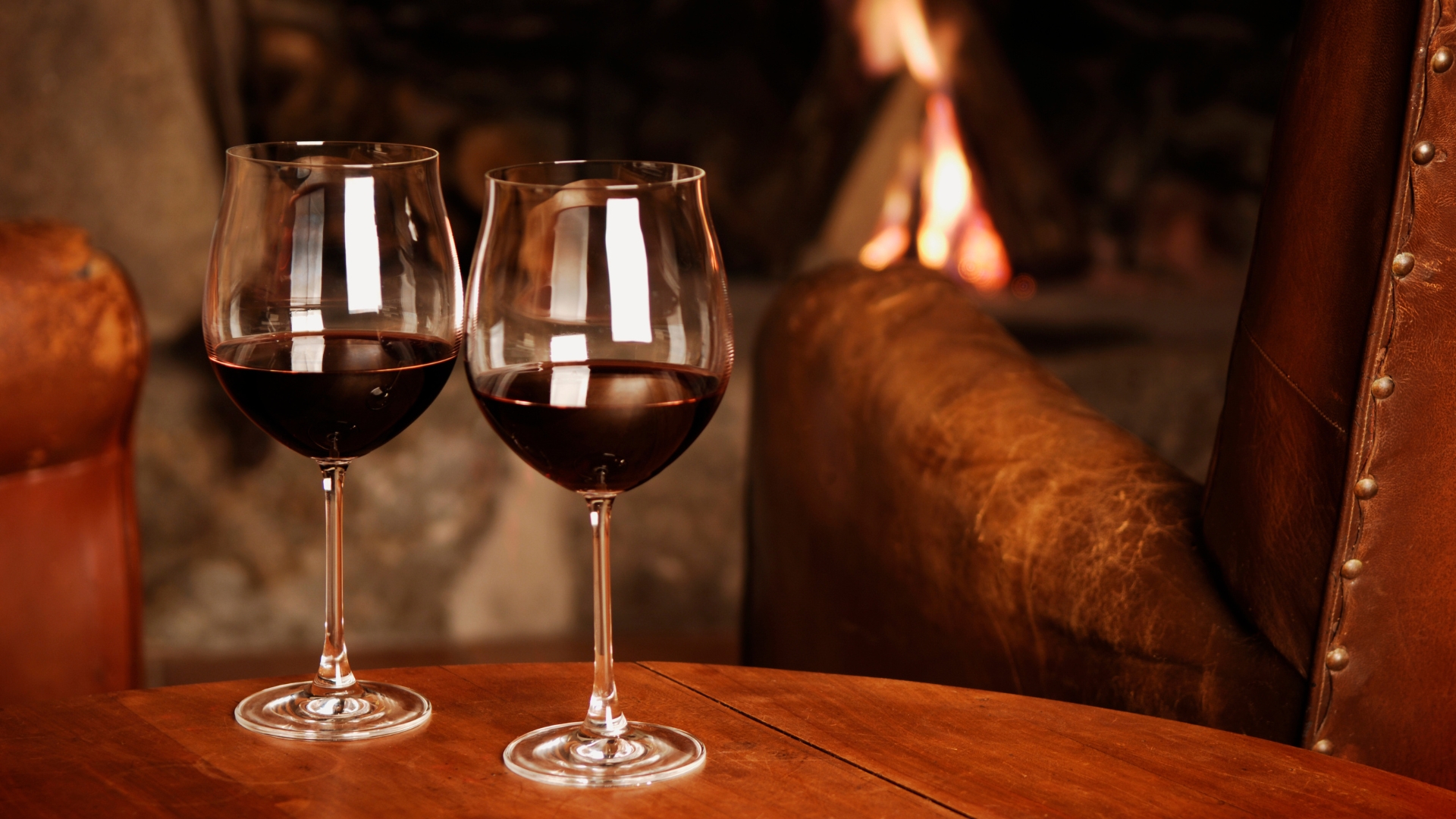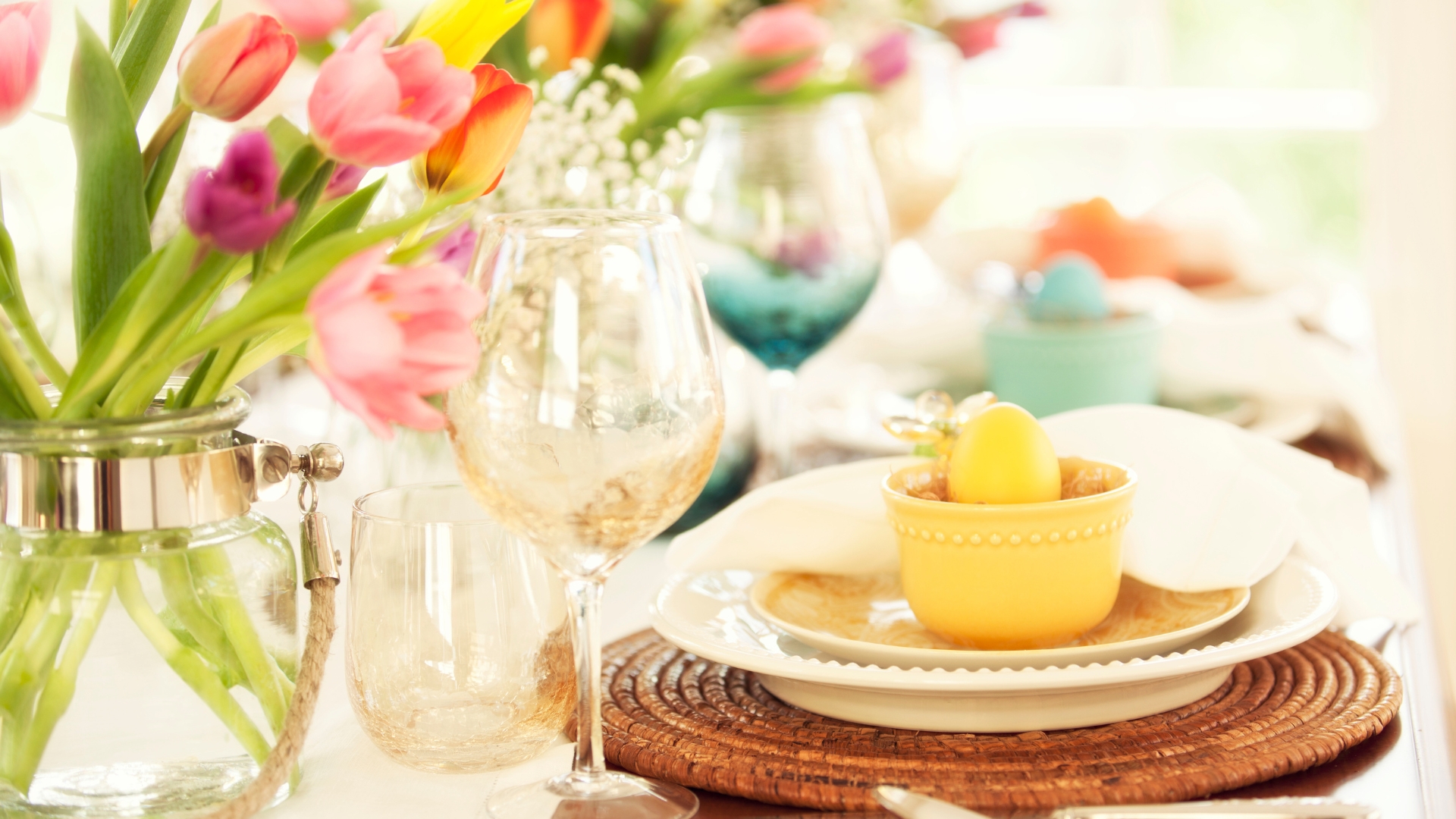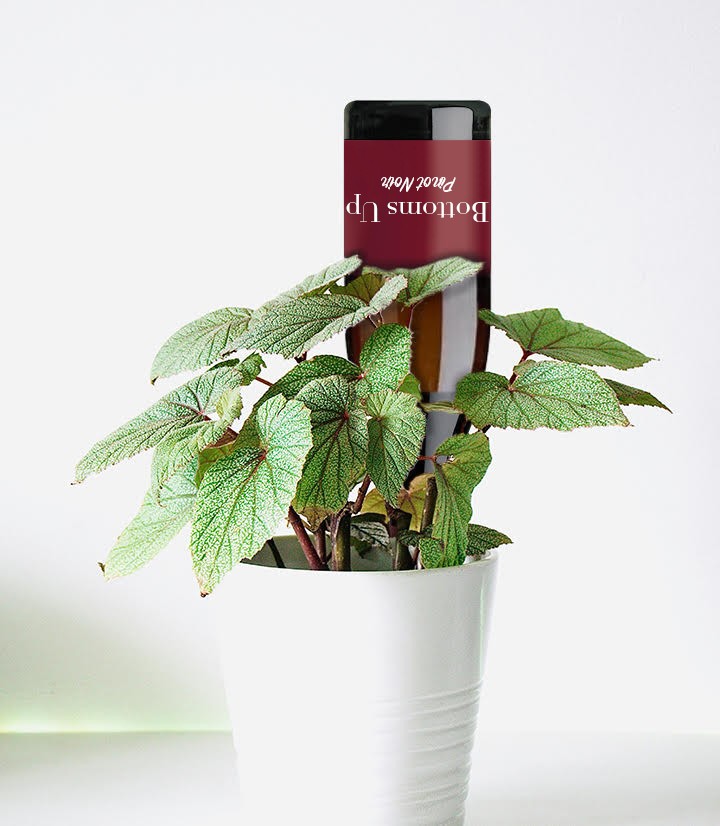When learning about ports, books teach you that there are two categories: bottle-aged and wood-aged ports. This distinction may be confusing, however, because even the bottle-aged ports spend some time in wood! I prefer to categorize them by general style: Ruby and Tawny. So, what are the main differences between Ruby vs Tawny Port?
Ruby vs Tawny Port
With colder weather arriving, it’s officially “port drinking” season. Port sales rise in the winter because we turn toward richer, heartier wines that give us a nice, cozy, warm feeling to counter the drop in mercury in the thermometer. But port’s seasonal popularity could also be attributed to the fact that in the winter months, people splurge more than usual, especially around the holidays. (Side note: I must be an anomaly, because I love enjoying port wines all year long! Anyone else?)
What Are the Main Differences between Ruby and Tawny Port Styles?
The short answer to that is color and flavor.
For color, it is easy: Ruby ports are more ruby red in color and Tawny ports have a tawny brown color. As for flavor, both have a sweet taste. However, Ruby ports have more of a fruity, berry flavor and Tawny ports tend towards a nutty, caramel flavor.
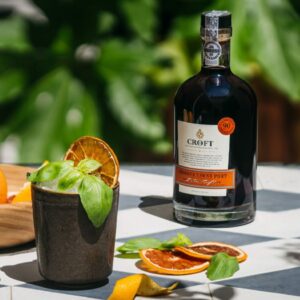

SHOP CROFT TAWNY PORT HERE
SHOP CROFT RUBY PORT HERE
Production Process = Same
Ruby and Tawny (and all other port styles) start out the same way in the production process. Grapes are harvested and undergo a very short maceration and fermentation in which producers foot tread the grapes or use special fermentation equipment in order to gently extract as much color and flavor as possible from the grapes before adding a grape spirit to the wine. The high alcohol in the spirit immediately halts the fermentation process, leaving a wine that is high in alcohol yet still has residual sugar. From there, the wines are designated into the Ruby or Tawny category.

Aging Creates the Difference
Ruby ports are aged in BIG oak casks, which allows the wine to keep the youthful ruby color and all of the fresh fruity flavors, because the wine has very little contact with the oak and oxygen. Tawny ports are aged in SMALL oak barrels, which causes the wine to change color and flavor because of the close contact with the oak and greater surface contact with oxygen.
Typically, Ruby ports match extremely well with chocolate, especially with a raspberry sauce or mixed berries. They also pair well with full flavored or soft ripened cheese such as a Stilton or Gorgonzola. Tawny ports match up well with cheesecake, apple pie or a simple bowl of fresh walnuts, as well as cheeses that are dry or slightly salty, such as Parmigiano Reggiano or an aged goat cheese.
There are many other great uses for Port wines. Try either a Ruby or a Tawny as a reduction sauce, salad dressing or even in a refreshing cocktail. Some delicious Port cocktail recipes can be found at PortCocktails.com – cheers!
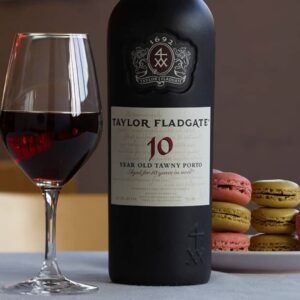

SHOP TAYLOR FLADGATE 10 YEAR OLD TAWNY PORT
SHOP TAYLOR FLADGATE LATE BOTTLED VINTAGE PORT
Quench your thirst for more Port articles, quizzes, recipes, pairings, and more:
What Is Port Wine?
How Is Port Made?
All About Port Quiz
Hot Chocolate with Ruby or Tawny Port Wine
Port and Cheese Pairings from Trader Joe’s and Beyond
Recipe for Mulled Wine with Port


